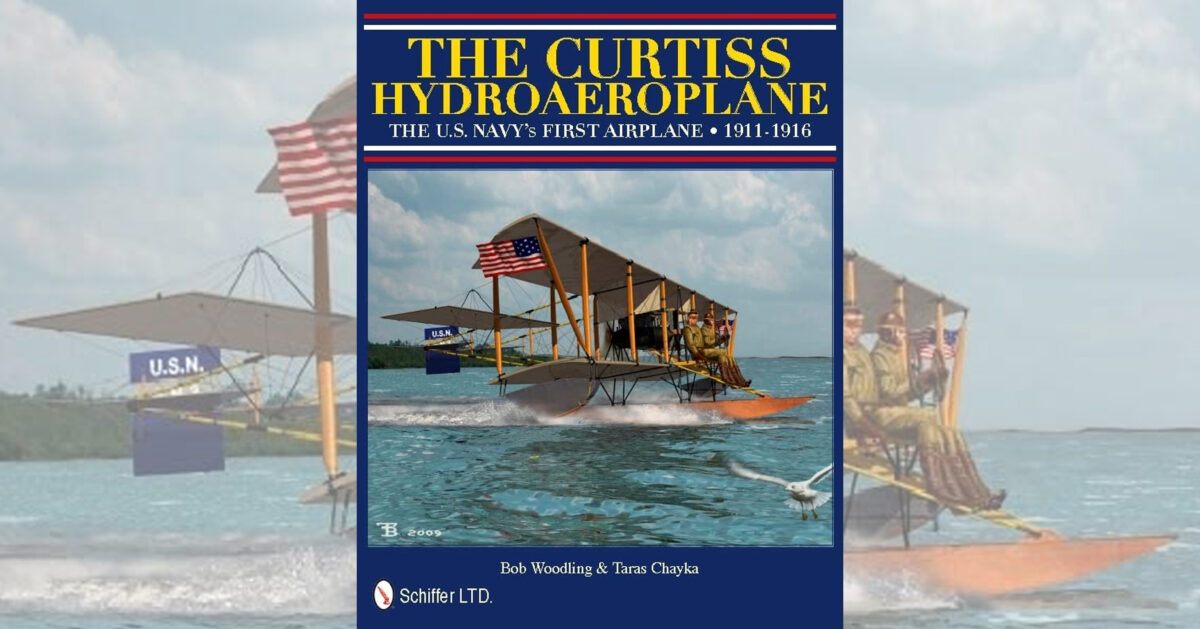The Curtiss Hydroaeroplane: The U.S. Navy’s First Airplane 1911-1916 by Bob Woodling and Taras Chayka, Schiffer Publishing, Atglen, Pa., 2011, $59.99
The Hydroaeroplane was the brainchild of Glenn Hammond Curtiss, who had made his name by attaching a self-designed twocycle engine to a bicycle and setting speed records with it. His expertise with small engines led to his association with Alexander Graham Bell and the Aerial Experiment Association. Curtiss formed his own company, and became interested in waterborne aircraft. He made test flights in the Canoe Machine and then the Albany Flier, with which he won a $10,000 prize for being first to fly from Albany to New York City.
It seems only fitting that Schiffer Publishing has released a book about the U.S. Navy’s first airplane during the centennial year of naval aviation. Woodling and Chayka chronicle the Navy’s involvement with Curtiss, highlighting the work of Navy test pilots such as Theodore G. Ellyson, Eugene Ely and John H. Towers. The authors also go farther afield in a chapter about waterborne aircraft in Russia, Italy and Japan during World War I. Curtiss’ Hydroaeroplanes are described in extensive detail, including engineering specs. Rounding out the book are color profiles of several Navy models and a list of museums that display Curtiss replicas.
Originally published in the January 2012 issue of Aviation History. To subscribe, click here.





